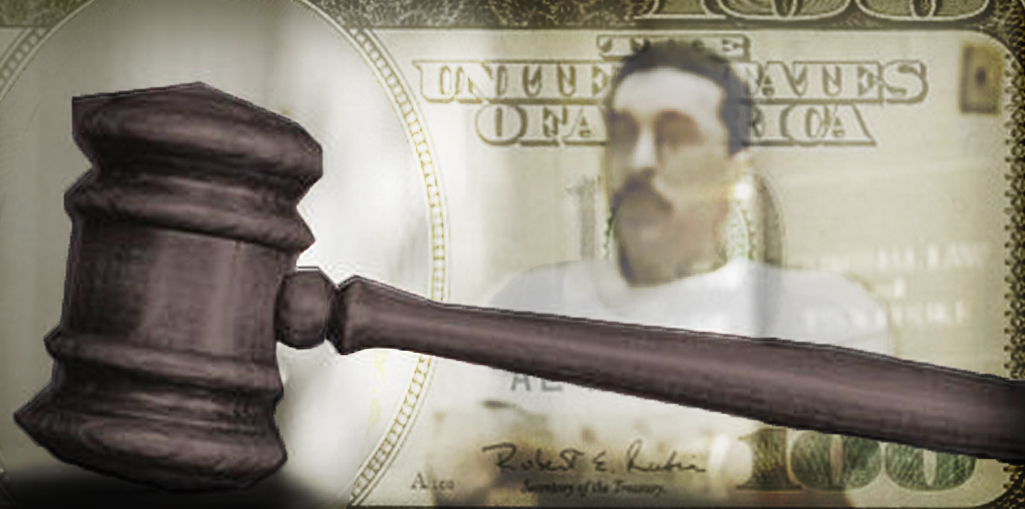Even if you aren’t familiar with the justice system, most people have heard of Miranda rights by watching TV. These are rights that are guaranteed to a person when he/she is arrested and the police want to interrogate the person. Before the police question anyone they have placed in custody, they must read these rights and make certain that the suspect either agrees or disagrees with them. It is not ambiguous. The person has to explicitly agree to talk to the police knowing that he doesn’t have to. These are the Miranda rights: “You have the right to remain silent. Anything you say can and will be used against you in a court of law. You have the right to an attorney. If you cannot afford an attorney, one will be provided for you. Do you understand the rights I have just read to you? With these rights in mind, do you wish to speak to me?”
When a police officer testifies falsely that the defendant waived his Miranda rights, what happens if the District Attorney doesn’t reveal there is a video tape of the interview that shows the defendant didn’t give up his Miranda rights?
That’s what happened in the recent case of People v Harrison decided by the 2nd District Court of Appeal (B272132 decided October 26, 2017). The detective testified that he gave the defendant his Miranda rights and then the defendant confessed. However, a videotape of the interrogation came to light and it was clear that the defendant invoked his right to remain silent.
 Orange County Criminal Defense Lawyer Blog
Orange County Criminal Defense Lawyer Blog


